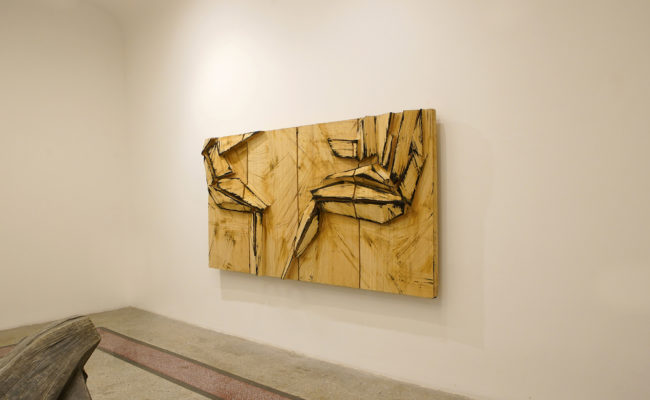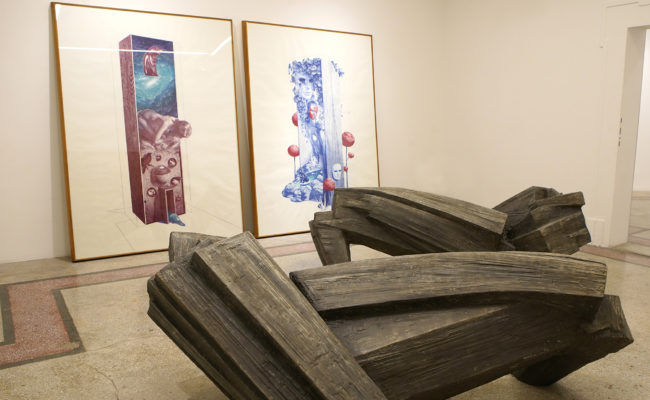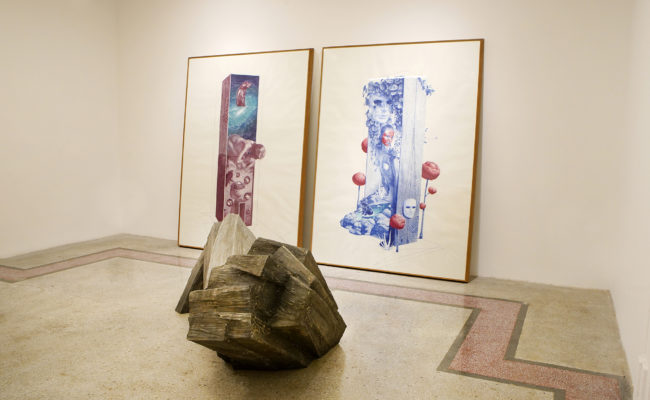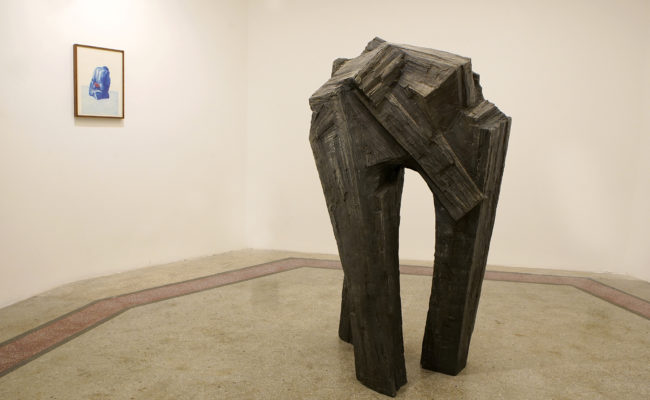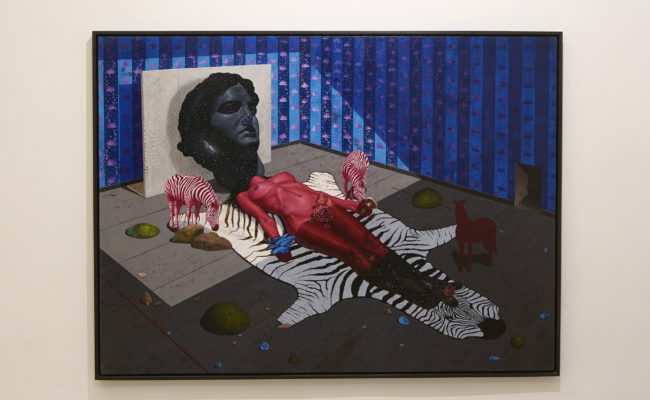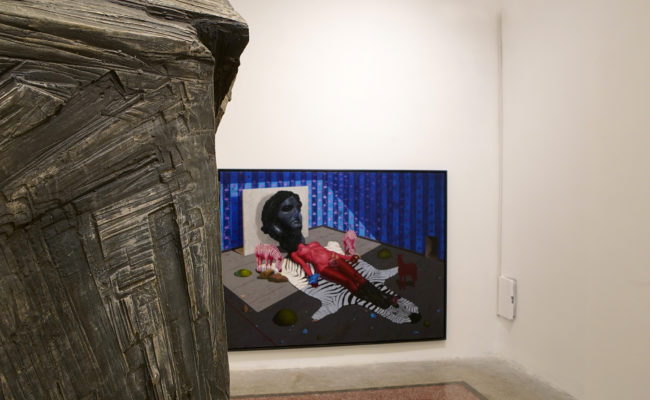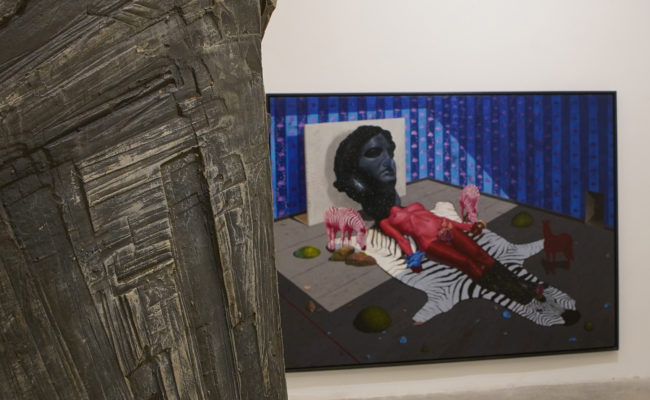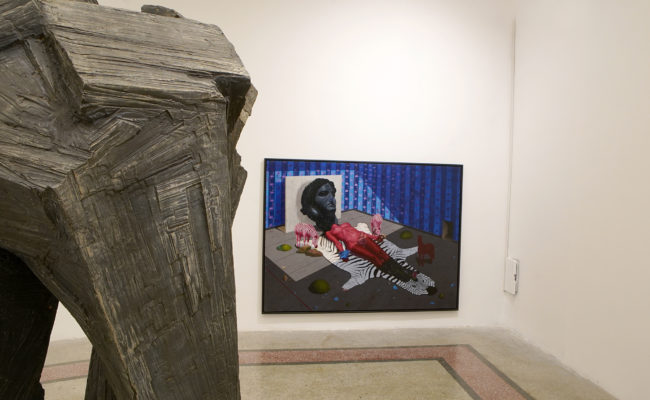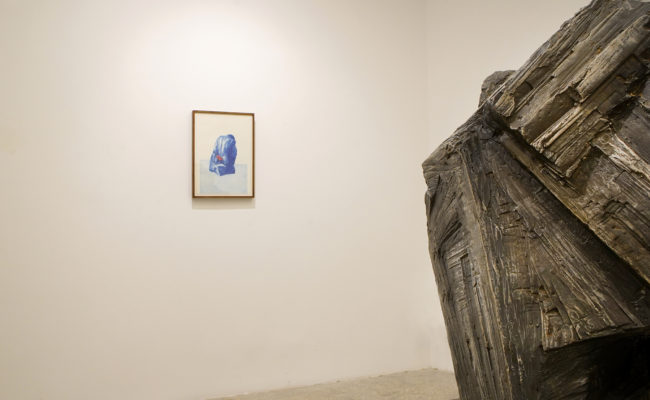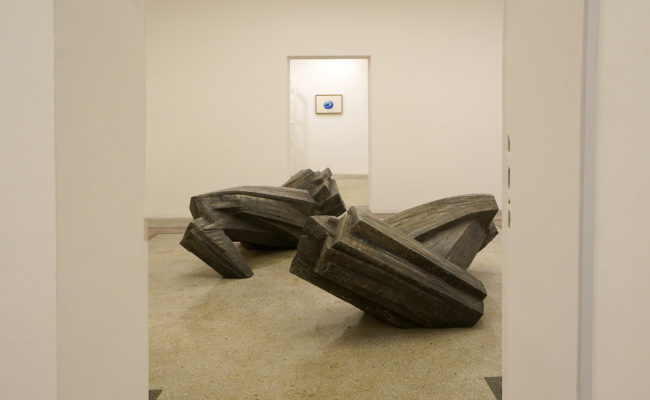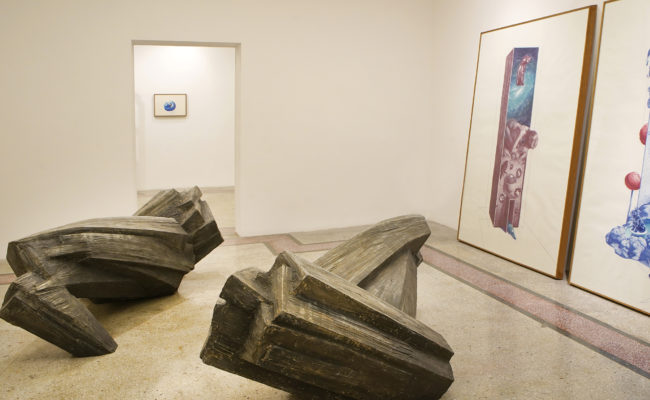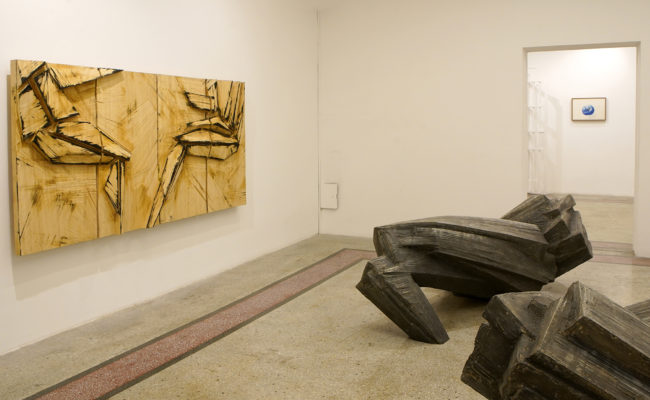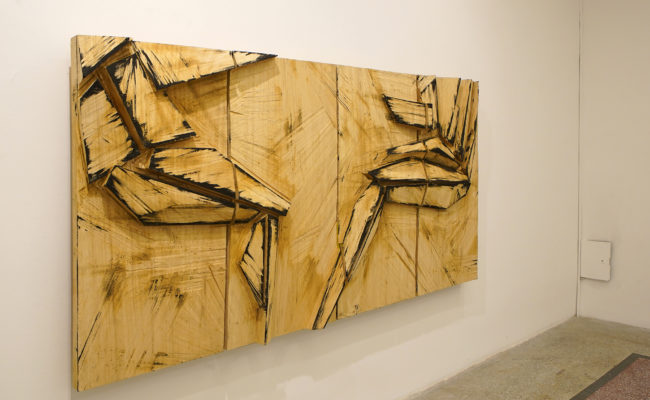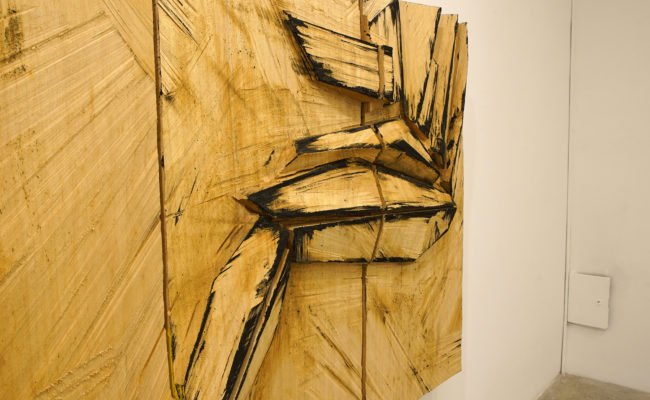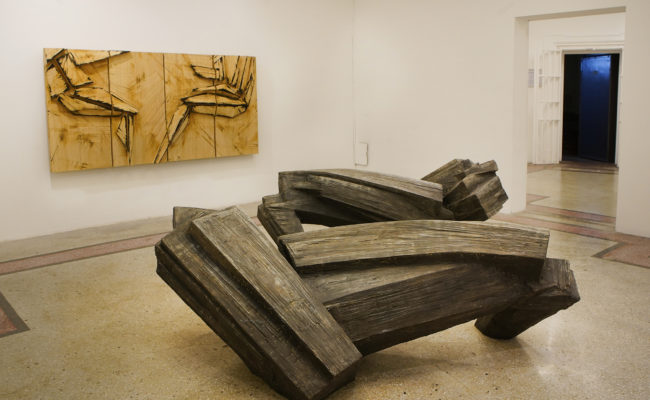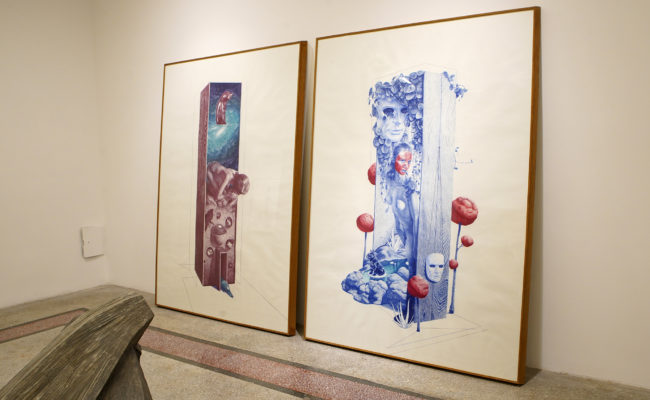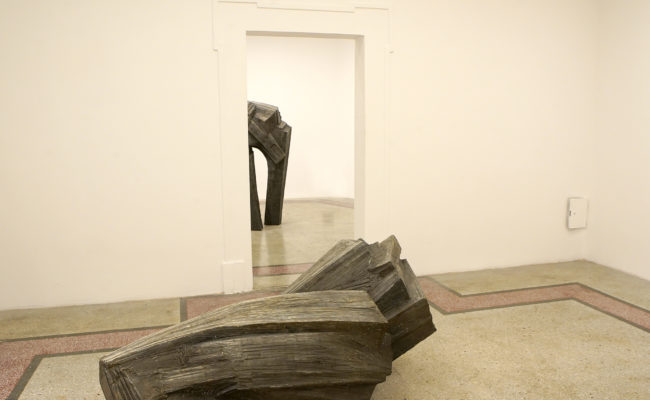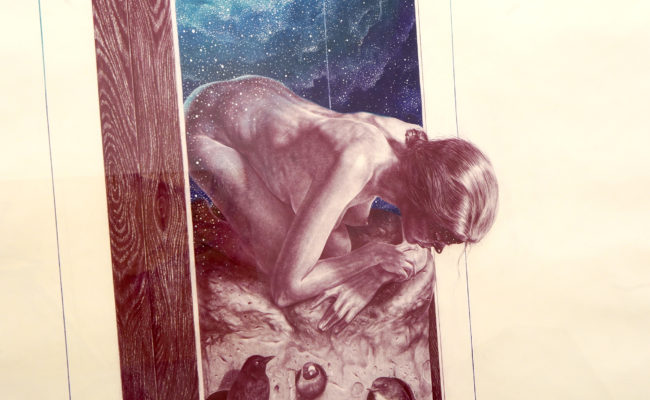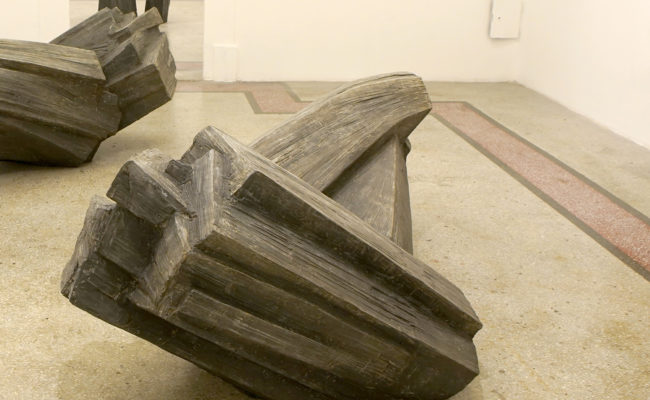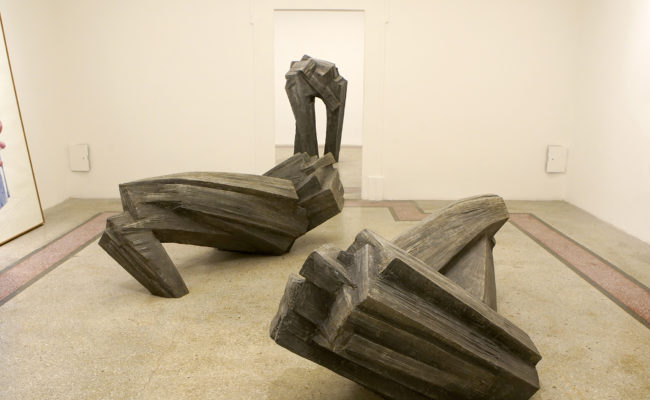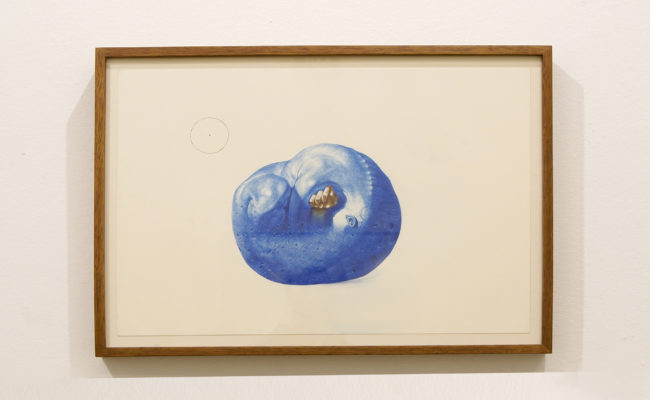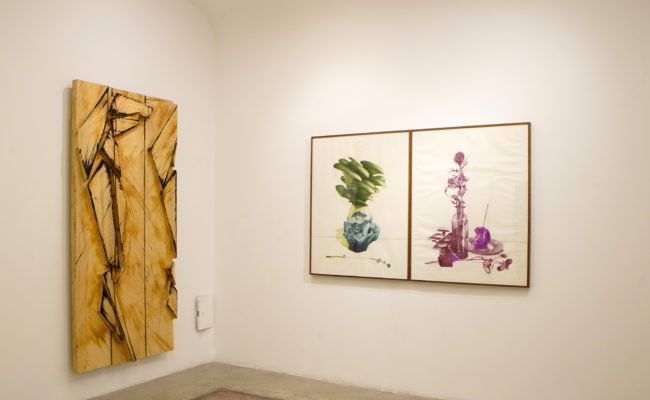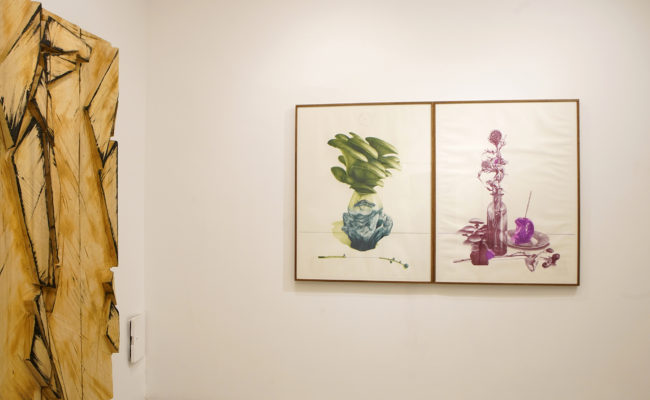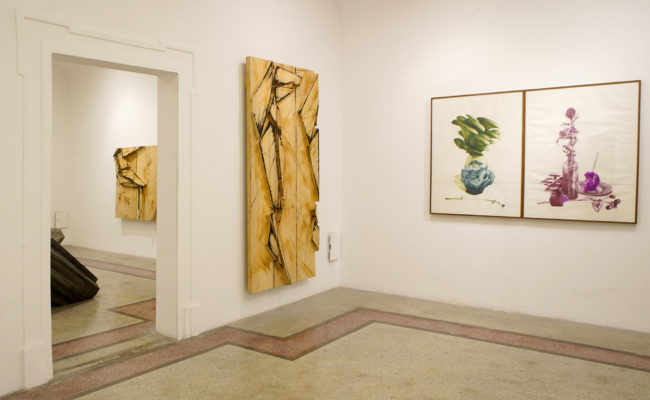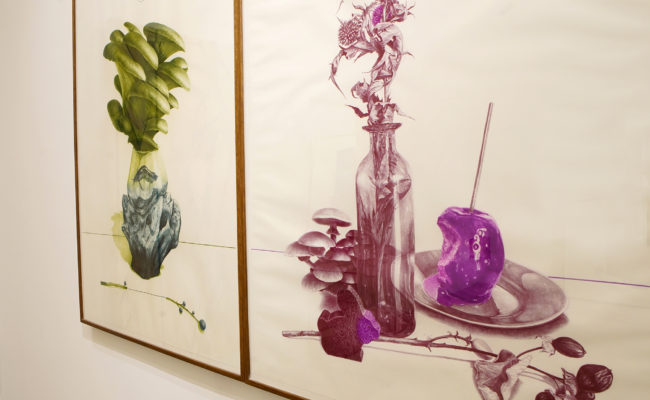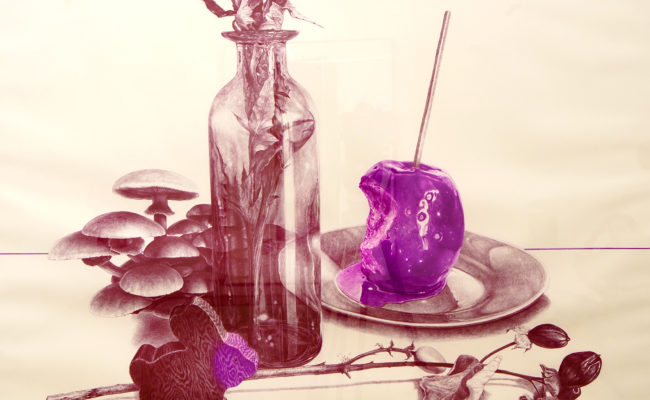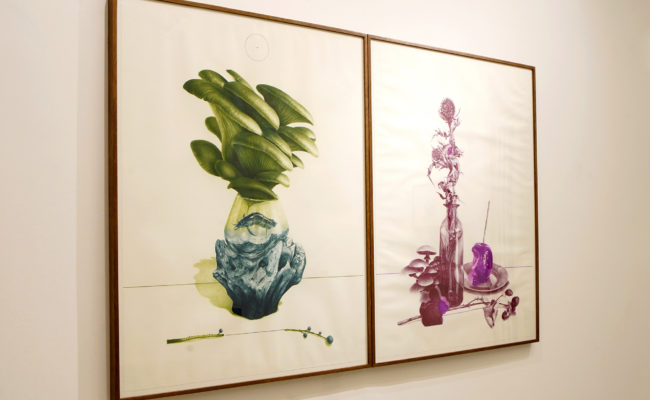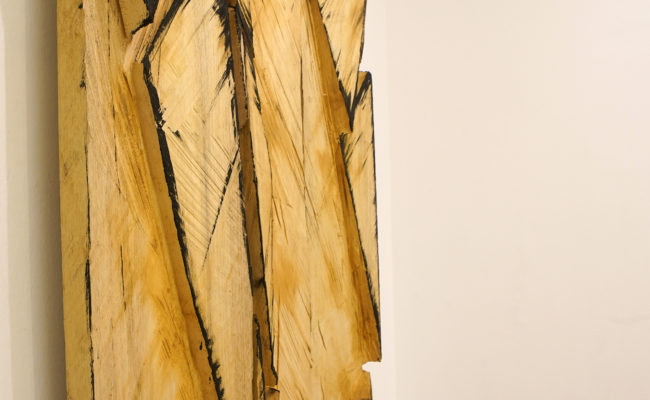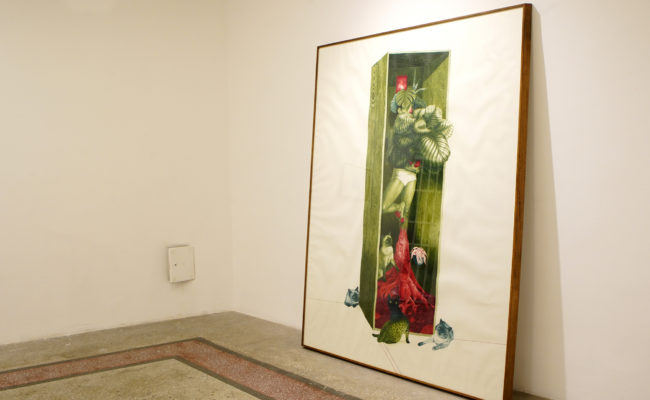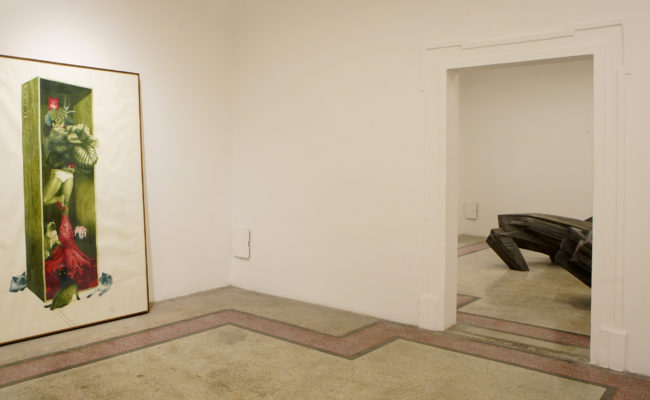Burcu Erden – Metin Çelik
Curator: Derya Yücel
"Nature is neither a physical place to go, nor a treasure to be fenced or stored, nor is it an essence that can be preserved or destroyed. Nature is not hidden and so it does not need to be unveiled. Nature is not a text to be read with math and biomedicine codes. It is not the 'other' that provides roots, replenishment and services. Nature is neither mother, nor caretaker, nor slave; it is not the matrix, source or medium of human reproduction and self-reproduction ... Nature is a common place."[1]
The similarity between human exploitation of nature and violence against human beings is striking and coincides with the idea of social ecology. The Anthropocene is shaped not by a tension between a homogeneous and apolitical "humanity" separated from political and social content and nature, but by its relations with politics such as colonialism, capitalism, racism, sexism and patriarchy. In this landscape, what can be the way to establish a relationship with nature other than ownership and dematerialization? On the brink of anthropogenic destruction, is humankind not the subject of this landscape, externalizing nature by placing itself at the center and positioning it as an object to be seized in epistemic activity? Thinking of nature not as a material or a resource, but as an agent-actor, realizing that it is a co-construction between human and non-human, is at the center of art today. "Inculcation and Landscape" takes the landscape, which emerges as a lost paradise utopia in art history, beyond the human-nature dualism, and regards it as nature's suggestion to human. The exhibition points to the discovery of an ethical foundation that transcends the nature-human-culture opposition. In this sense, art's potential to question the social and political imagination makes it possible to confront the concept of anthropocene.
Metin Çelik's paintings and Burcu Erden's sculptures take their places in the exhibition as monumental compositions laden with symbols that take shape on the borders of the human and the non-human. The artists approach nature from their own disciplines with a holistic view and an internalized feeling. Burcu Erden creates biomorphic forms, often with bodily connotations, as she explores the relationship between humans and nature through organic and inorganic materials. The calm and simple stylizations, which give the impression of being roughly sculpted, contain a visual expression that is neither representational nor geometric. Biomorphic forms, which appear as abstracted reality, are embodied as forms that are both slightly recognizable and unidentifiable between familiarity and ambiguity. Metin Çelik deals with the transformation of humankind and its existence in the new habitat it has created in amorphous landscapes. In the paintings where the boundaries of reality and imagination, nature and the supernatural melt, female figures are integrated with nature, which is perceived as creative, needing protection, a refuge/escape. Blessing the relationship between women and nature and pointing to the false boundaries between nature and culture created by men, the paintings salute eco-feminism. The artist creates arcadian landscapes charged with symbolic meaning. "Inculcation and Landscape"seeds the sound of nature into our consciousness.
[1] Haraway, D., Başka Yer, Trans. Güçsal Pusar, Metis Yayınevi, 2010, p. 296

